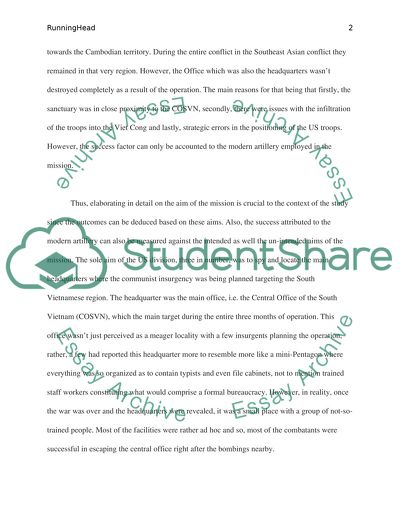Cite this document
(Operation Junction City Case Study Example | Topics and Well Written Essays - 1500 words, n.d.)
Operation Junction City Case Study Example | Topics and Well Written Essays - 1500 words. https://studentshare.org/history/1833594-operation-junction-city
Operation Junction City Case Study Example | Topics and Well Written Essays - 1500 words. https://studentshare.org/history/1833594-operation-junction-city
(Operation Junction City Case Study Example | Topics and Well Written Essays - 1500 Words)
Operation Junction City Case Study Example | Topics and Well Written Essays - 1500 Words. https://studentshare.org/history/1833594-operation-junction-city.
Operation Junction City Case Study Example | Topics and Well Written Essays - 1500 Words. https://studentshare.org/history/1833594-operation-junction-city.
“Operation Junction City Case Study Example | Topics and Well Written Essays - 1500 Words”. https://studentshare.org/history/1833594-operation-junction-city.


